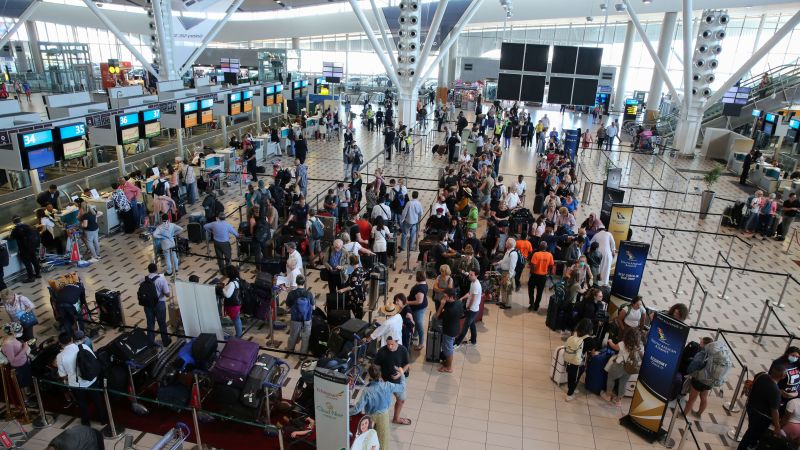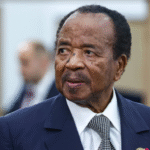The United States air travel system has been thrown into chaos as over 8,000 flights were delayed across the nation due to the absence of air traffic control officials.
Flight tracking services reported one of the most severe days for air travel disruption since the U.S. government shutdown began on October 1st, leaving tens of thousands of passengers stranded.
The Federal Aviation Administration (FAA) reported staffing issues at 22 separate air traffic control facilities on Saturday alone, one of the highest figures since the funding lapse began.
Air traffic controllers, who are deemed essential workers, are required to work without pay during the shutdown. This financial strain has led to a noticeable increase in sick calls and general staff exhaustion, which officials attribute to the widespread delays.
U.S. Transportation Secretary Sean Duffy disclosed that the Federal Aviation Administration experienced air traffic control staffing issues at 22 locations on Saturday, and added that additional shortages were expected to lead to more flight delays and cancellations in the days ahead.
According to FlightAware, a flight-tracking website, there were more than 8,000 U.S. flight delays by 11 p.m. ET on Sunday (0500 WAT on Monday), an increase from about 5,300 on Saturday. Delays have often been above average since the government shutdown began on October 1.
Southwest Airlines had 45%, or 2,000 flights, delayed on Sunday, while American Airlines had nearly 1,200, or a third of its flights, delayed. United Airlines had 24%, or 739 flights, delayed, and Delta Air Lines had 610 flights, or 17%, delayed, according to FlightAware.
Meanwhile, Duffy added that major hubs, including Chicago’s O’Hare International (ORD), Washington’s Reagan National (DCA), and Newark Liberty (EWR), implemented ground delay programs to manage the reduced capacity.
He stated: “These measures are necessary to ensure safety when staffing is critically low, but they inevitably lead to cascading delays that ripple across the entire system. Airlines, including Southwest and American, reported hundreds of delays each, collectively accounting for a significant portion of the total 8,000 affected flights. The inability to fully staff key facilities has forced the FAA to slow air traffic, directly causing the extended wait times experienced by passengers.”
Duffy further revealed that some 13,000 air traffic control officials and about 50,000 Transportation Security Administration officers must work despite not being paid during the shutdown.
According to him, air traffic control officials received a paycheck two weeks ago at 90% of their regular pay. But Tuesday’s payday would have been for their first pay period solely for work in October.
He continued: “Controllers facing the prospect of missing a federal paycheck are looking for other sources of income.
“They’re taking second jobs, they’re out there looking.
“The FAA is about 3,500 air traffic controllers short of targeted staffing levels, and many had been working mandatory overtime and six-day workweeks even before the shutdown.”
Pan-Atlantic Kompass reports that the development comes as the U.S federal government is currently in a shutdown, which began on October 1, 2025, after Congress failed to pass appropriations legislation for the new fiscal year.
The shutdown is ongoing (27 days as of today), making it one of the longest in US history. An estimated 900,000 federal employees have been furloughed, and approximately 2 million more are working as “excepted” personnel without pay.
It was gathered that the deadlock is due to partisan disagreements over federal spending levels, including foreign aid rescissions, and the extension of Affordable Care Act (ACA) health insurance subsidies. Democrats are insisting on the ACA subsidies, while Republicans refuse to negotiate on the policy until the government is funded.
Due to the development, federal employees have now missed at least one full paycheck, and anxiety and financial distress are mounting.
As of press time, there are no negotiations scheduled between the two parties, and no clear path to resolving the funding impasse.





